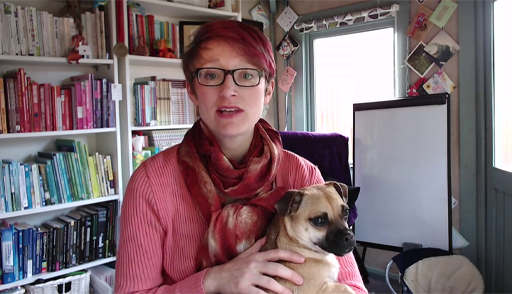2.3 Conversation starters
YoungMinds remind us that parents and caregivers know best when their child is not ready to talk, or not in the right mood. In these situations, it is important that young people know they can re-start the conversation when they are ready. In addition to conversation starters, ‘encouragers’ can help a young person who is finding it difficult to open up. Conversation starters suggested by YoungMinds (2020) include:
This next activity takes you beyond simply listening towards techniques that can help you to offer practical solutions for your own child or a child you are working with to learn techniques in self-soothing or calming.
Activity 5: Supporting young people to manage their emotions
Supporting young people to manage their own emotions and learning self-care and perhaps self-soothing techniques is an important life skill.
Step 1: Watch Video 3 again, and listen to Pooky talk about some of the tips for supporting a child’s anxiety and to develop their own self-soothing techniques.

Transcript: Video 3: (repeated) 4 ideas for supporting a child with anxiety
Discussion
| 1. Listen – stop and listen physical, emotional. |
| 2. Begin to encourage them to question the thoughts and feelings – is it true? Accurate? Question the validity. |
| 3. Practical approach – what are the triggers? Person, place, activity? Can we avoid them? E.g. someone who is a bad influence. Other things can’t be avoided and may need to be confronted. |
| 4. Work with them to find ways to soothe and calm. During a time of calm. E.g. breathing techniques, writing, singing, listening to music, drawing, colouring. Put triggers and solutions together. |
a.
Encourage supportive friendships
b.
Encourage them to see the positives, despite their difficulties
c.
Encourage self-compassion, not blaming themselves or feeling selfish about self-care
The correct answers are a, b and c.
Next, you’ll learn about ways for you and the young people you care about to maintain their mental health by focusing on diet, exercise, and sleep.
